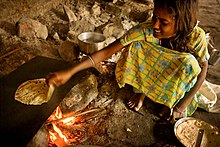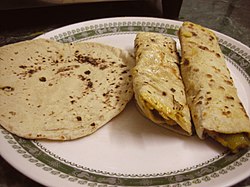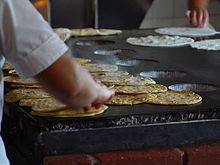A Critique of the Holistic and Metaphysical View of Society
According to the doctrines of universalism, conceptual realism, holism, collectivism, and some representatives of Gestaltpsychologie, society is an entity living its own life, independent of and separate from the lives of the various individuals, acting on its own behalf and aiming at its own ends which are different from the ends sought by the individuals. Then, of course, an antagonism between the aims of society and those of its members can emerge. In order to safeguard the flowering and further development of society it becomes necessary to master the selfishness of the individuals and to compel them to sacrifice their egoistic designs to the benefit of society. At this point all these holistic doctrines are bound to abandon the secular methods of human science and logical reasoning and to shift to theological or metaphysical professions of faith. They must assume that Providence, through its prophets, apostles, and charismatic leaders, forces men who are constitutionally wicked, i.e., prone to pursue their own ends, to walk in the ways of righteousness which the Lord or Weltgeist or history wants them to walk.
mises.org/humanaction/chap8sec2.asp
Intolerance and propaganda by the executioner's or the soldier's sword are inherent in any system of heteronomous ethics. The laws of God or Destiny claim universal validity, and to the authorities which they declare legitimate all men by rights owe obedience. As long as the prestige of heteronomous codes of morality and of their philosophical corollary, conceptual realism, was intact, there could not be any question of tolerance or of lasting peace. When fighting ceased, it was only to gather new strength for further battling. The idea of tolerance with regard to other people's dissenting views could take root only when the liberal doctrines had broken the spell of universalism. In the light of the utilitarian philosophy, society and state no longer appear as institutions for the maintenance of a world order that for considerations hidden to the human mind pleases the Deity although it manifestly hurts the secular interests of many or even of the immense majority of those living today. Society and state are on the contrary the primary means for all people to attain the ends they aim at of their own accord. They are created by human effort and their maintenance and most suitable organization are tasks not essentially different from all other concerns of human action. The supporters of a heteronomous morality and of the collectivistic doctrine cannot hope to demonstrate by ratiocination the correctness of their specific variety of ethical principles and the superiority and exclusive legitimacy of their particular social ideal. They are forced to ask people to accept credulously their ideological system and to surrender to the authority they consider the right one; they are intent upon silencing dissenters or upon beating them into submission.
instruct.westvalley.edu/lafave/Metaphys.htm#Metaphysical Views



 en.wikipedia.org/wiki/Tortilla
en.wikipedia.org/wiki/Tortilla 